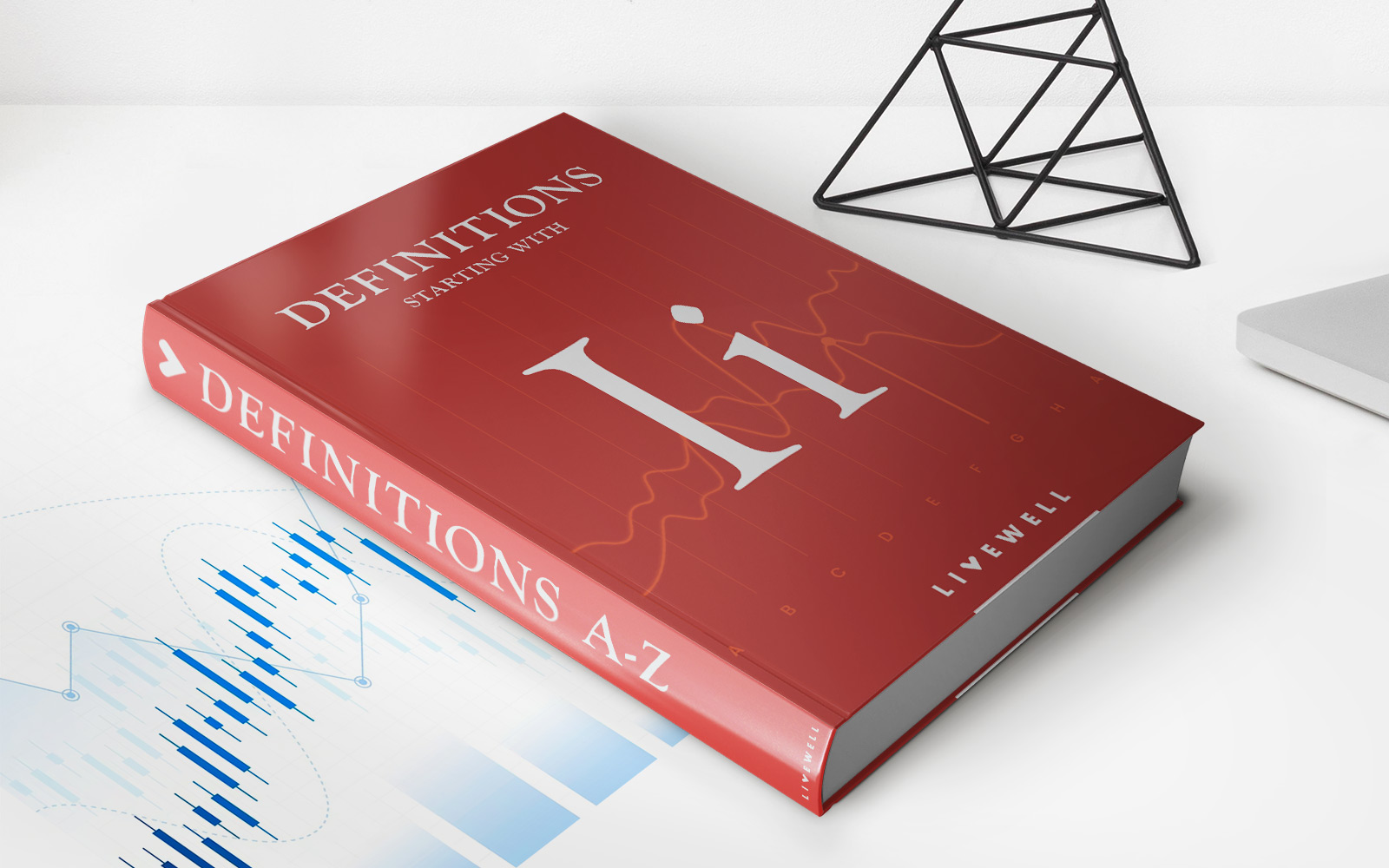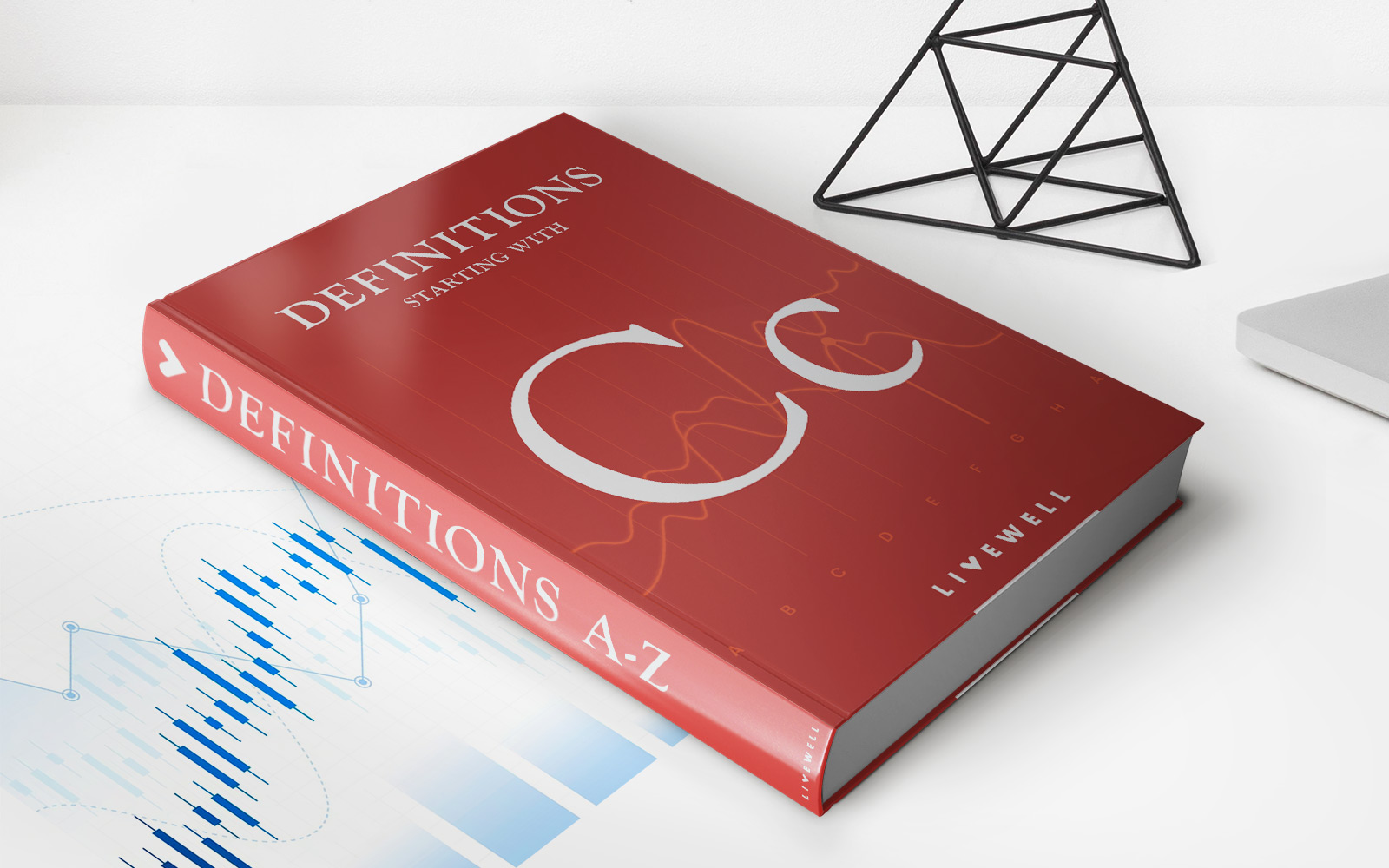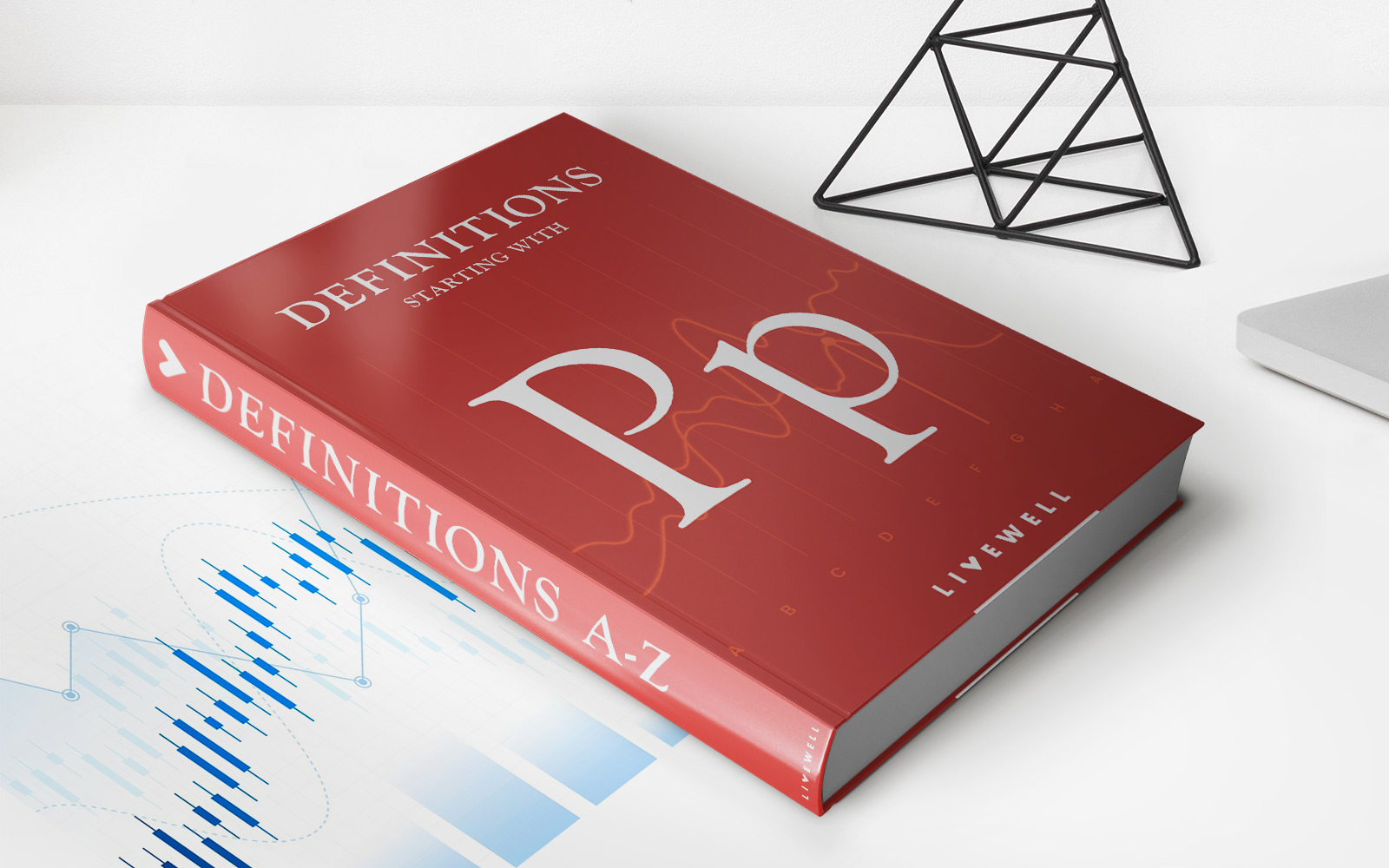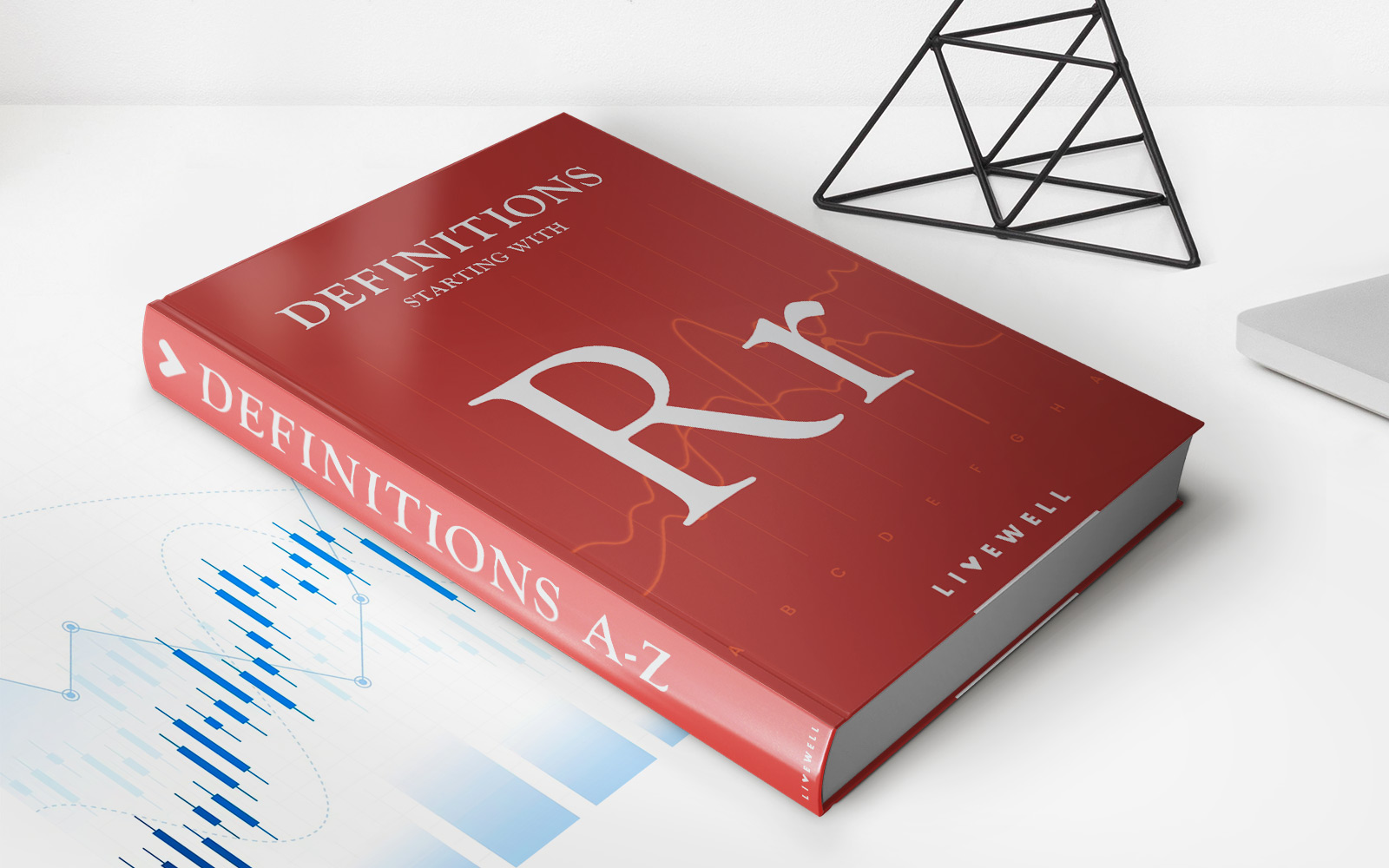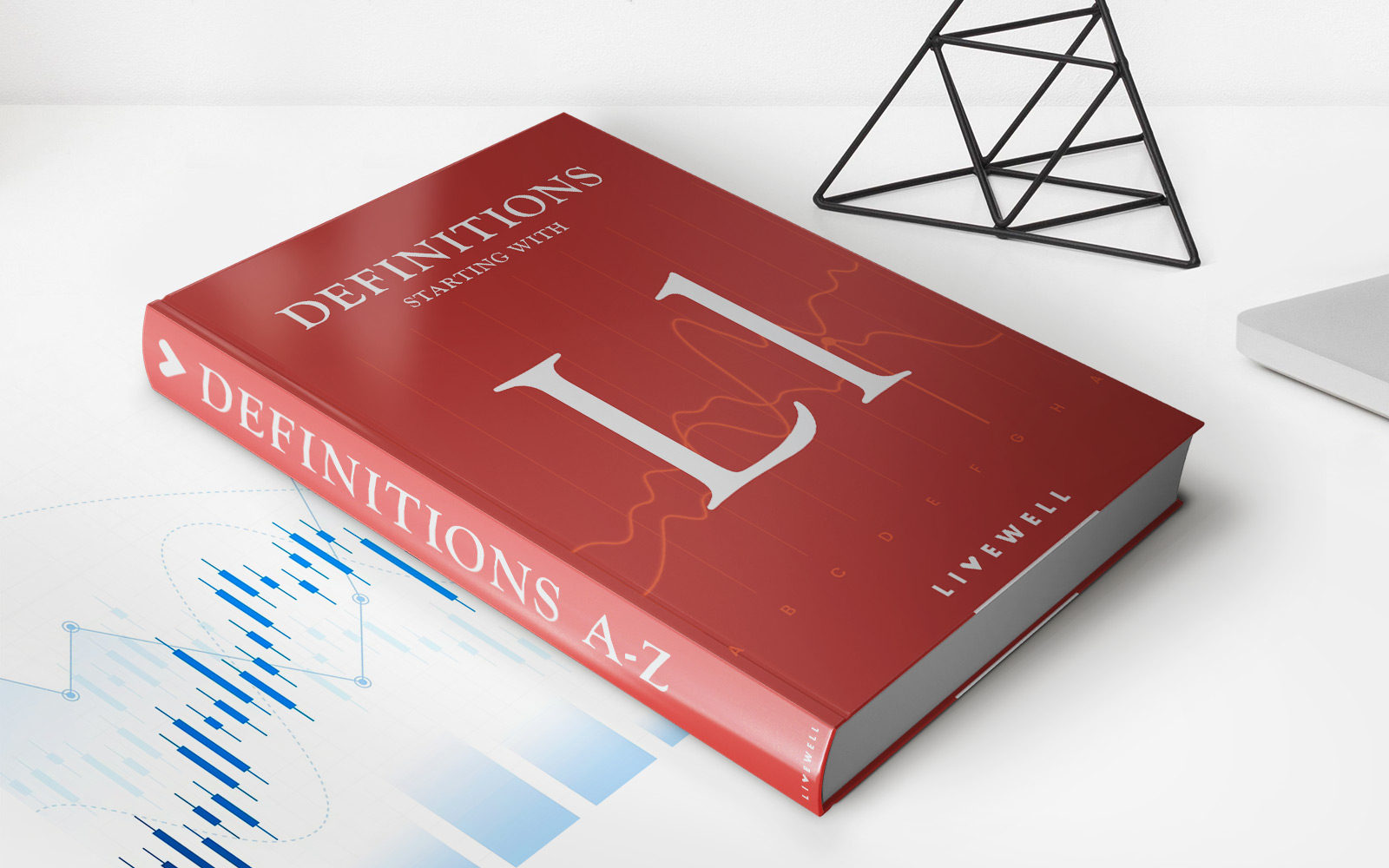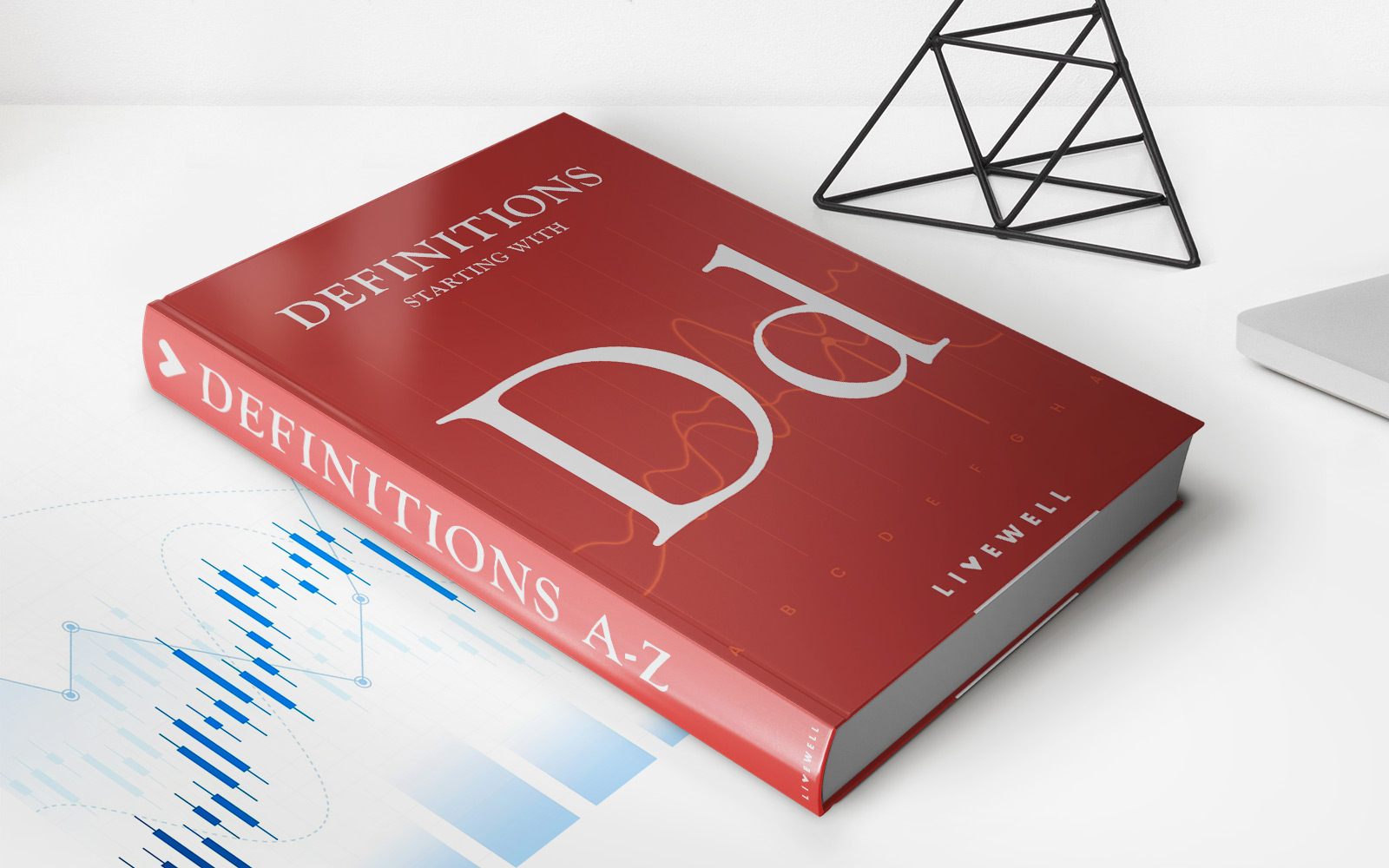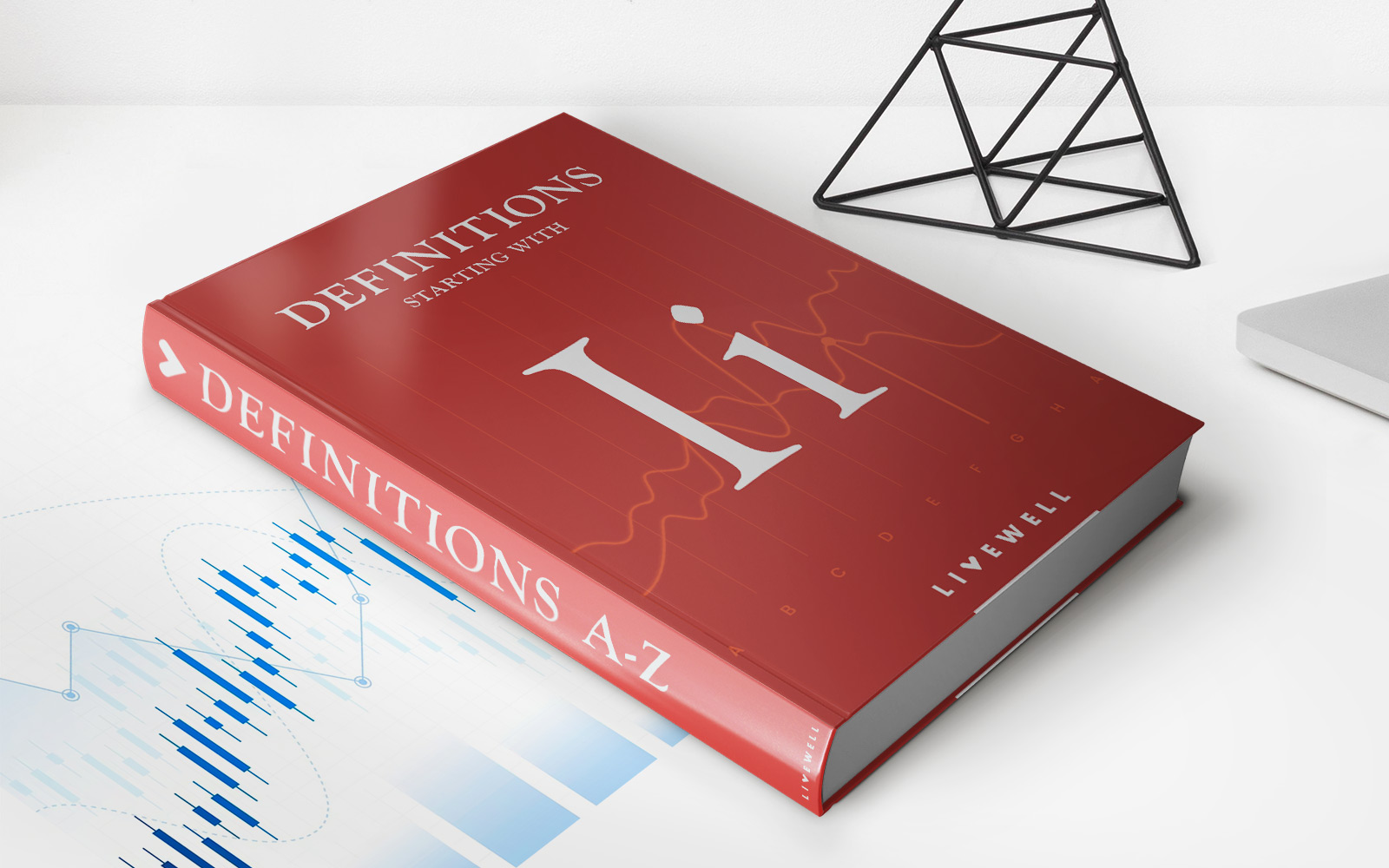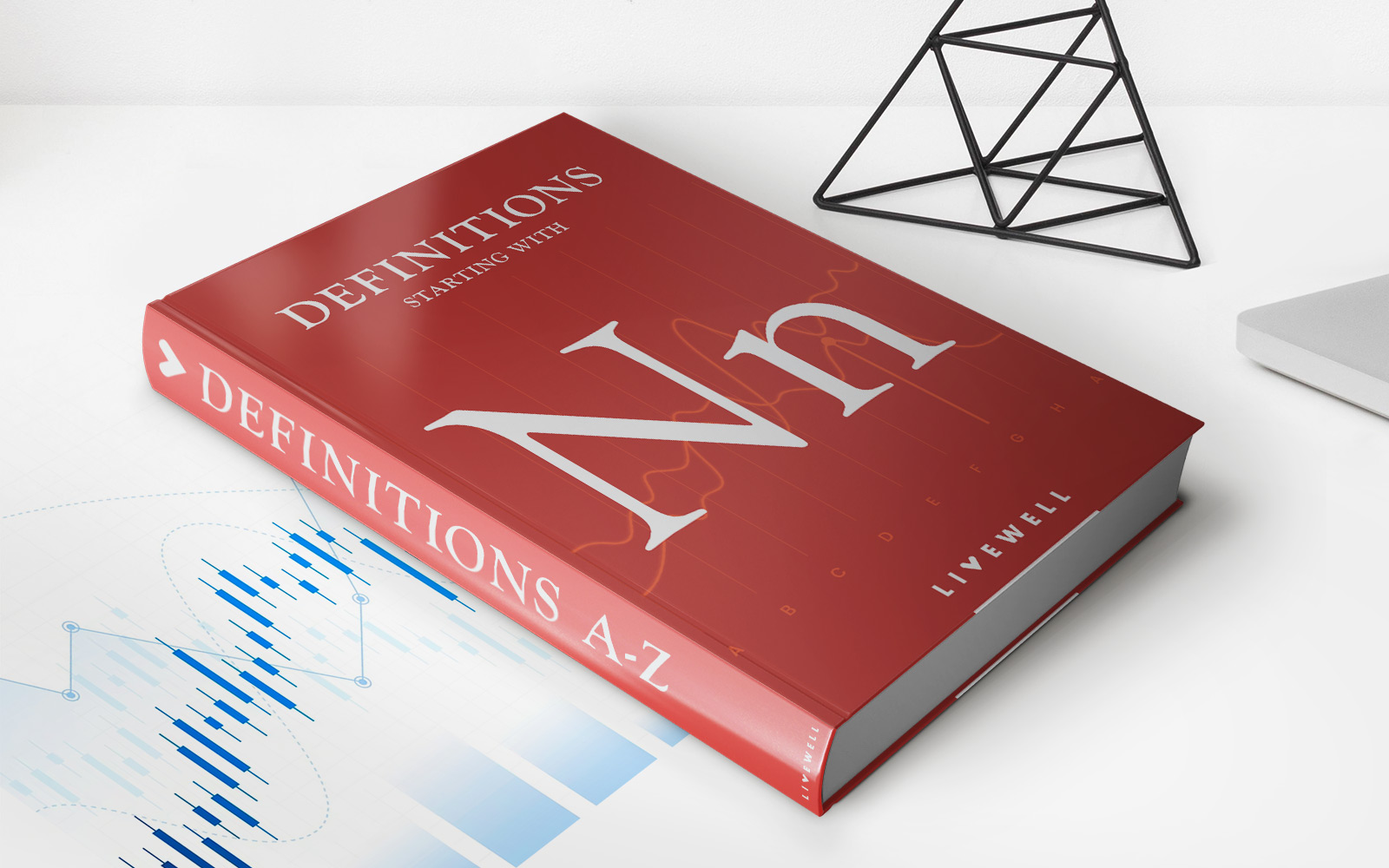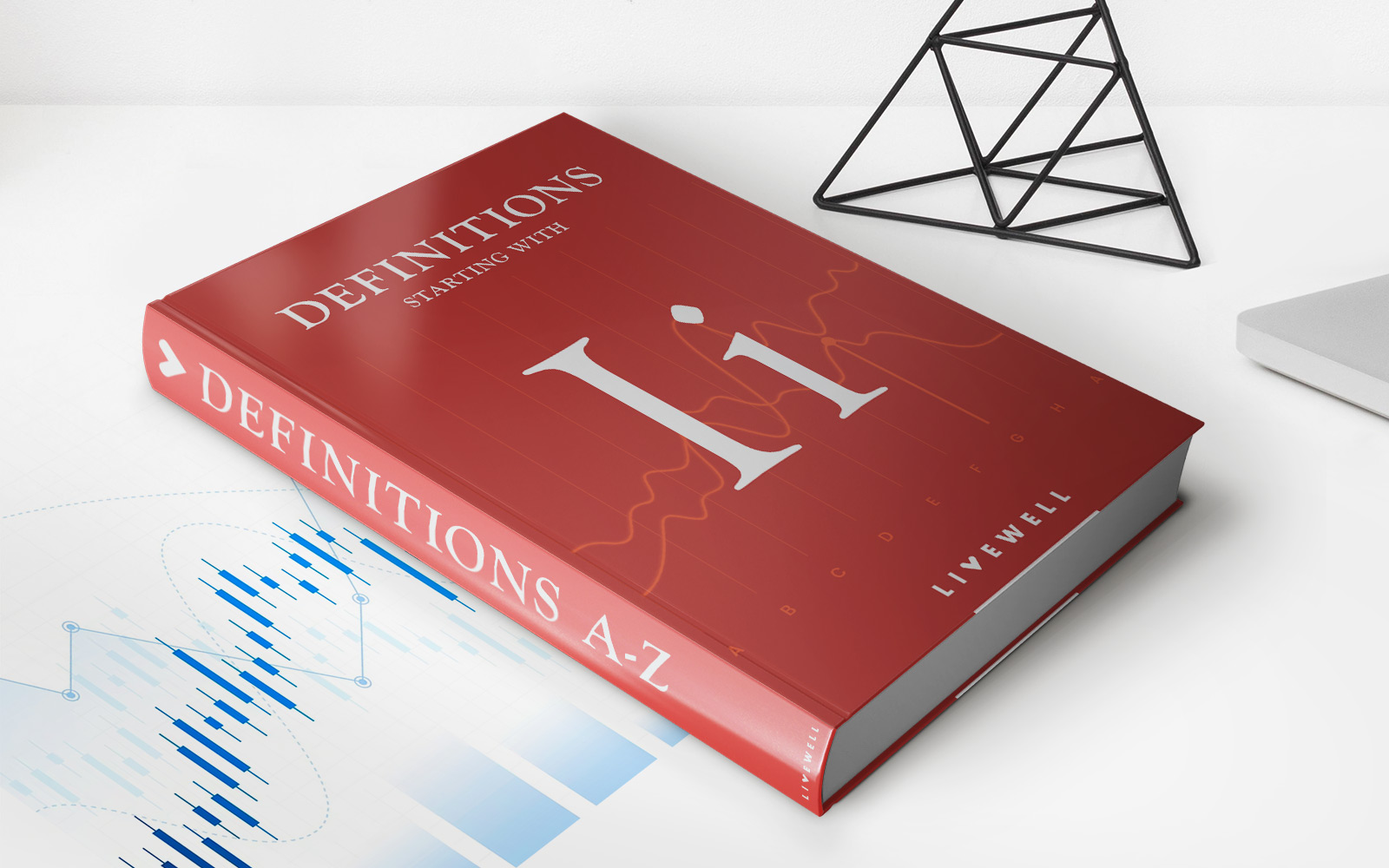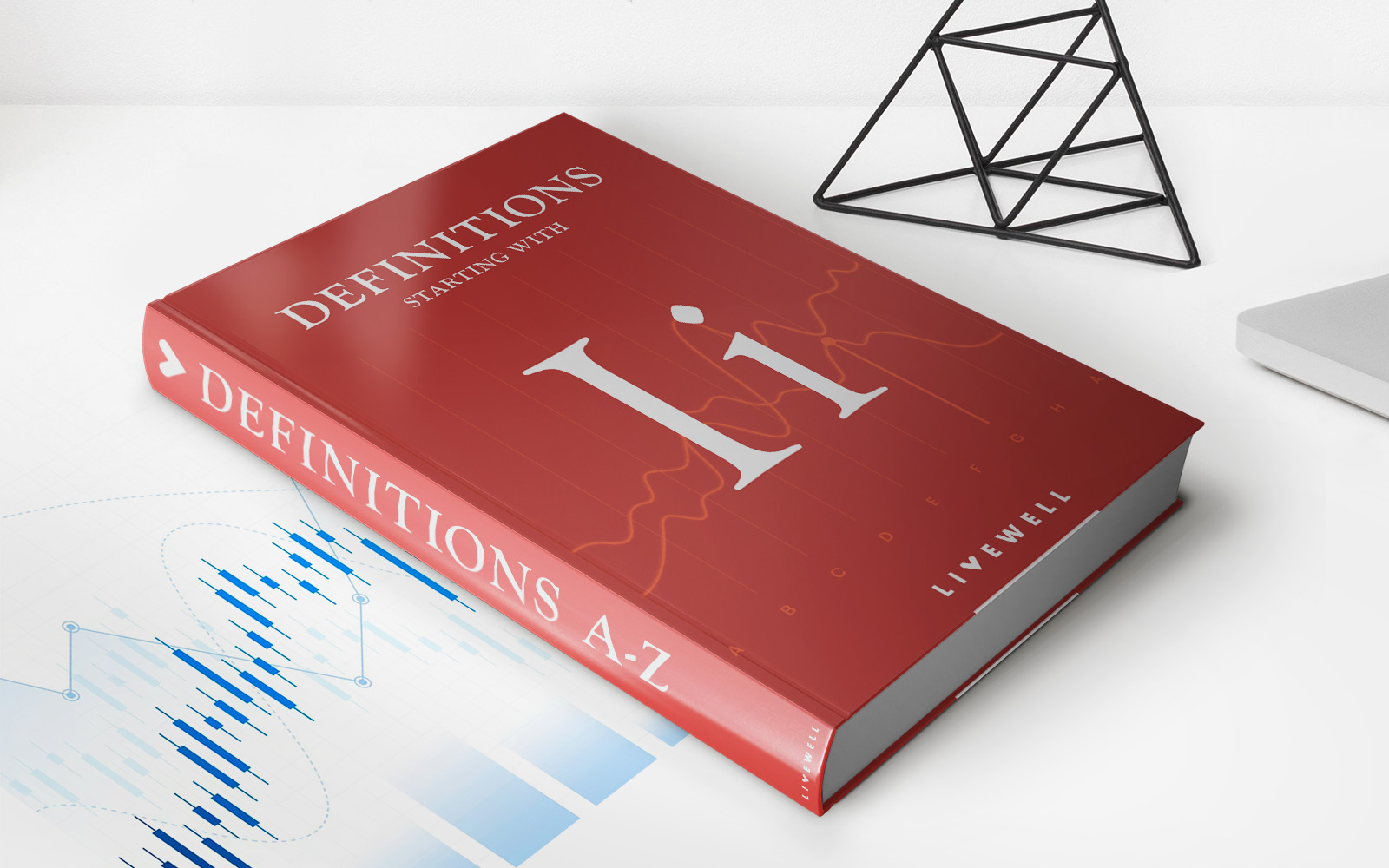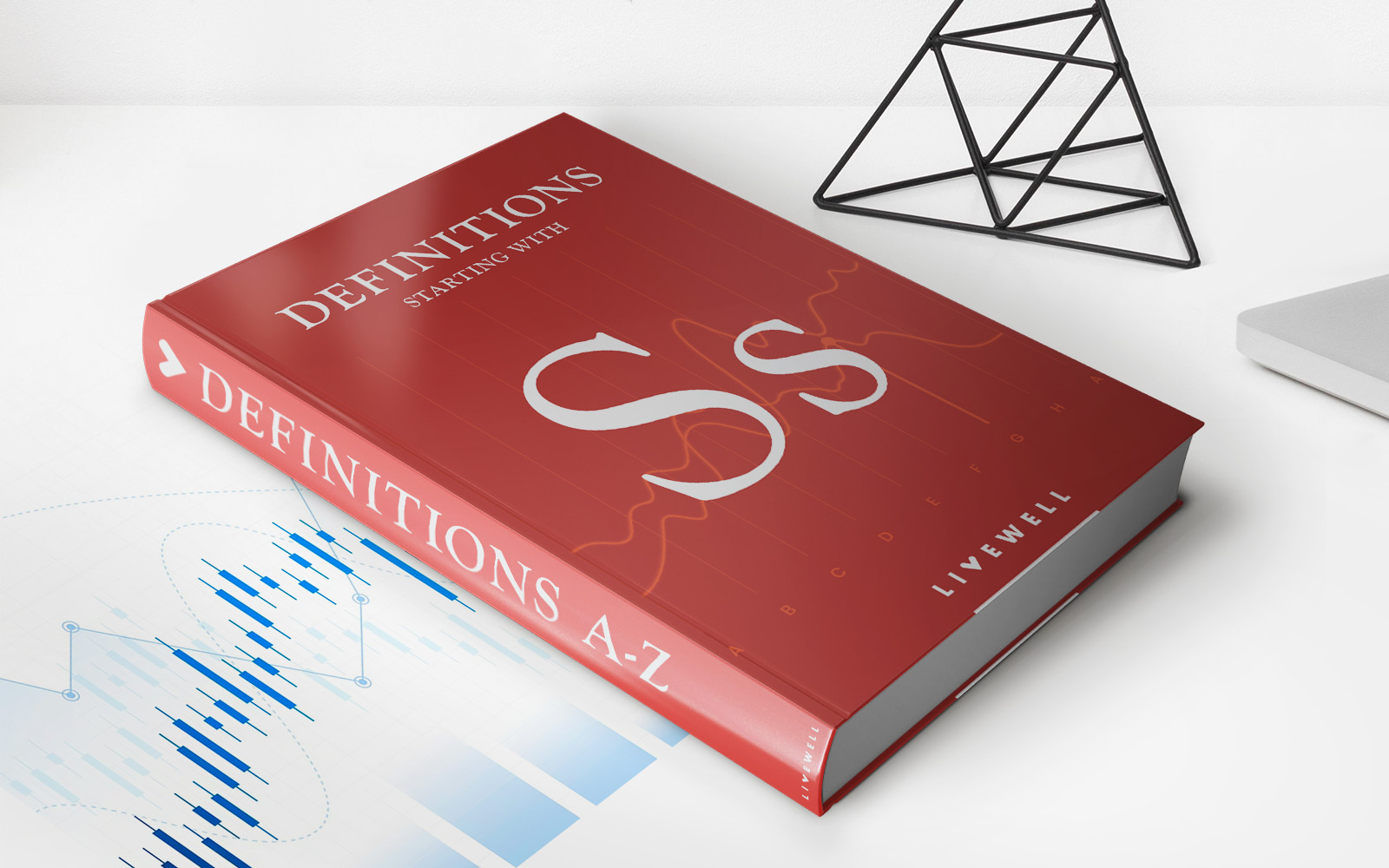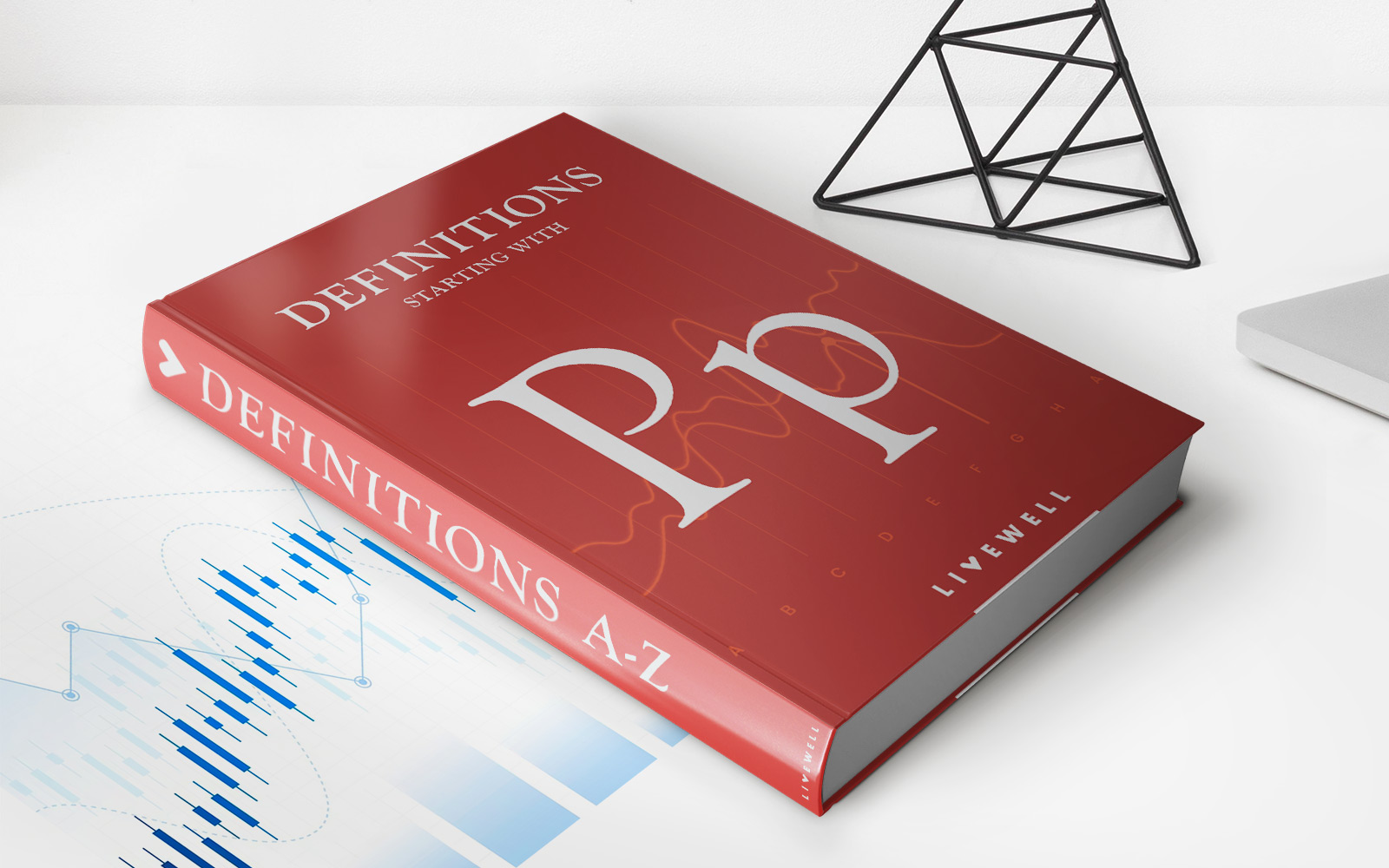Home>Finance>Interest Rate Differential (IRD) Definition And Examples
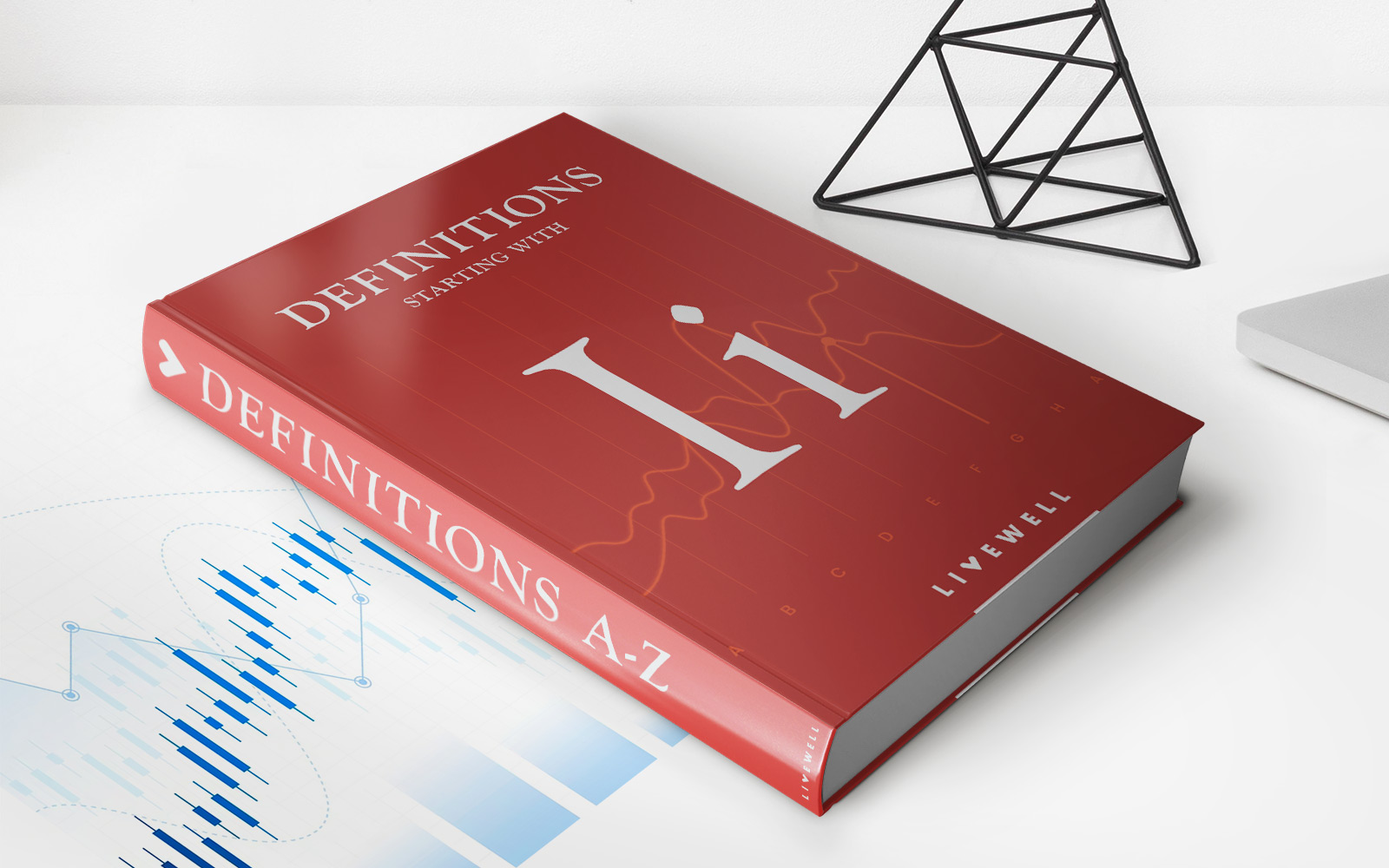

Finance
Interest Rate Differential (IRD) Definition And Examples
Published: December 11, 2023
Discover the definition and examples of Interest Rate Differential (IRD) in finance. Learn how this concept impacts your financial decisions.
(Many of the links in this article redirect to a specific reviewed product. Your purchase of these products through affiliate links helps to generate commission for LiveWell, at no extra cost. Learn more)
Understanding Interest Rate Differential (IRD)
When it comes to financial terms and concepts, interest rate differential (IRD) is one that may not be as widely known but is important to understand. So, what exactly is interest rate differential?
Key Takeaways
- Interest rate differential (IRD) is the difference in interest rates between two currencies or financial instruments.
- IRD is used in forex trading, mortgage refinancing, and other financial transactions to determine potential profit or loss.
What is Interest Rate Differential?
Interest rate differential refers to the difference in interest rates between two currencies or two financial instruments. It is commonly used in foreign exchange trading and can also be applied to various other financial transactions. IRD plays a crucial role in determining the potential profit or loss in trades or investments involving different interest rates.
Examples of Interest Rate Differential
To help you grasp the concept of interest rate differential, let’s look at a couple of examples:
Example 1: Forex Trading
In foreign exchange trading, interest rate differential can be seen in carry trades. Carry trades involve borrowing money in a currency with a low-interest rate and investing it in a currency with a higher interest rate.
For example, let’s say the interest rate in Country A is 1% and the interest rate in Country B is 5%. A forex trader could borrow money in Country A’s currency and then convert it to Country B’s currency to invest in an asset with a higher yield. The trader will earn the interest rate differential of 4% (5% – 1%) as profit.
Example 2: Mortgage Refinancing
Interest rate differential also comes into play when refinancing a mortgage. Let’s say you have a mortgage with an interest rate of 4% and you want to refinance it to take advantage of lower interest rates. However, the lender charges a penalty fee for breaking the existing mortgage contract.
In this case, the interest rate differential will help you determine whether it is financially beneficial to refinance. By calculating the difference between your existing interest rate and the new interest rate, you can assess whether the potential savings from the lower interest rate outweigh the penalty fee.
Understanding interest rate differential is important for making informed financial decisions. It can greatly impact the profitability of trades, investment strategies, and even day-to-day financial decisions such as refinancing a mortgage. By considering the interest rate differential, you can evaluate the potential risks and rewards associated with different interest rates.
